Greenhouses are a vital tool for gardeners and farmers alike, providing a controlled environment for plants to thrive in. However, with the benefits of a greenhouse also come potential challenges, such as pest infestations.
One of the most common pests that can wreak havoc on greenhouse plants is the caterpillar. These small, worm-like creatures can quickly multiply and cause significant damage to young and mature plants.
As a result, it is crucial for greenhouse owners and growers to have effective methods in place for getting rid of caterpillars. Here, we will guide you through identifying common caterpillar species in greenhouses and offer 10 expert tips on how to get rid of caterpillars in a greenhouse.
From implementing proper sanitation practices to using organic and chemical control measures safely and effectively, we’ve got you covered. We’ll also discuss the effectiveness of organic deterrents against caterpillars and provide additional preventative measures you can take to keep these pests at bay.
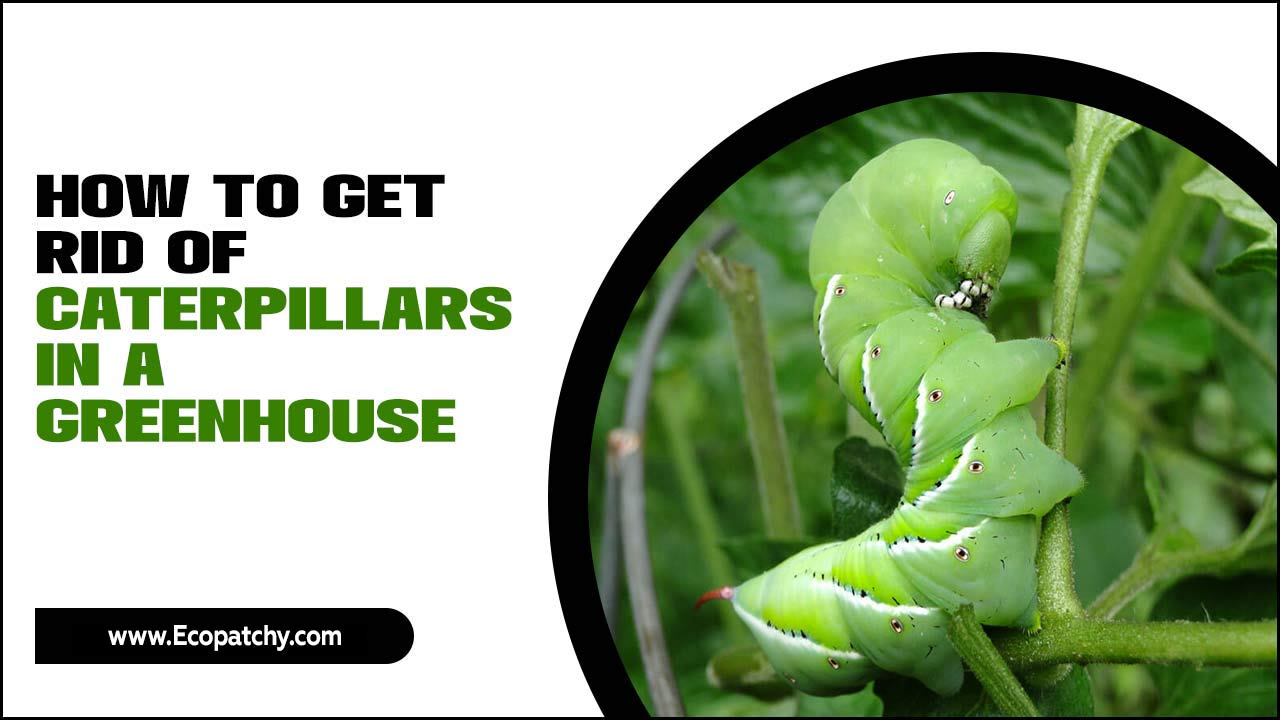
The Caterpillar Problem In Greenhouses
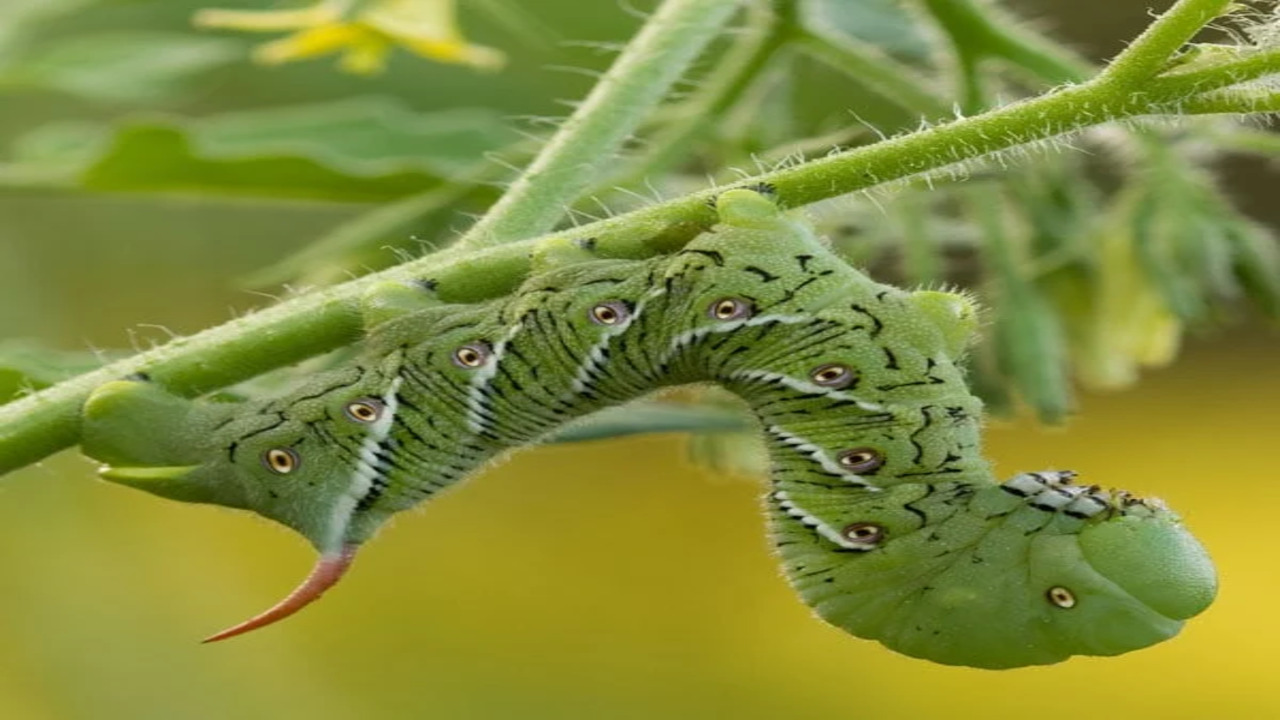
Greenhouses provide an ideal environment for caterpillars to thrive and multiply, posing a significant challenge for growers. These voracious caterpillars can cause extensive damage by devouring foliage and young leaves, impacting the health and productivity of greenhouse plants.
Common species like cabbage loopers, beet armyworms, and hornworms are notorious pests in greenhouses. Beyond the direct damage they cause, caterpillars can also affect the shipping of greenhouse plants due to the presence of pests. Effective pest control measures, tailored specifically for the caterpillar stage, are essential for maintaining the well-being of greenhouse plants.
Identifying Common Caterpillar Species In Greenhouses
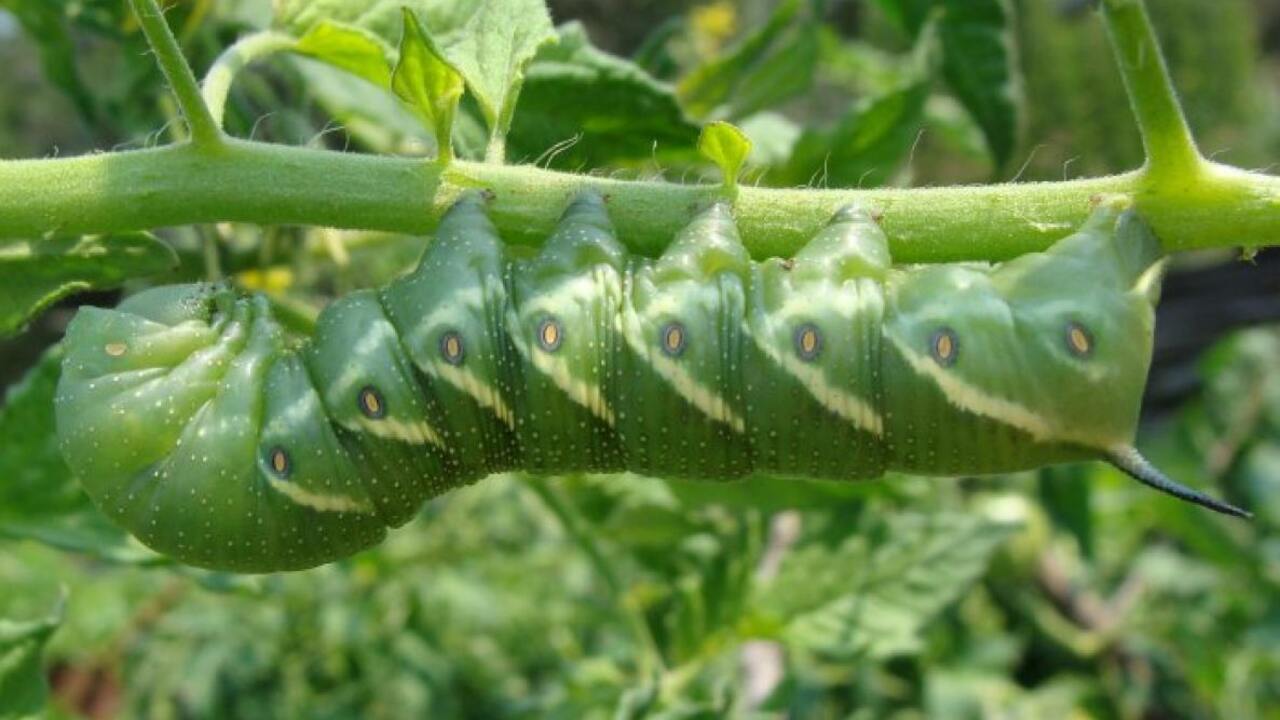
Cabbage loopers, beet armyworms, and hornworms are commonly found caterpillar species in greenhouses. These caterpillars can be distinguished by their unique physical characteristics, such as size, color, and markings.
It is important to understand the life cycle of caterpillar pests for effective pest control measures. Different caterpillar species may have specific feeding preferences, targeting certain vegetable plants. Proper identification of caterpillar species helps in selecting the most suitable control methods.
How To Get Rid Of Caterpillars In A Greenhouse: 10 Expert Tips
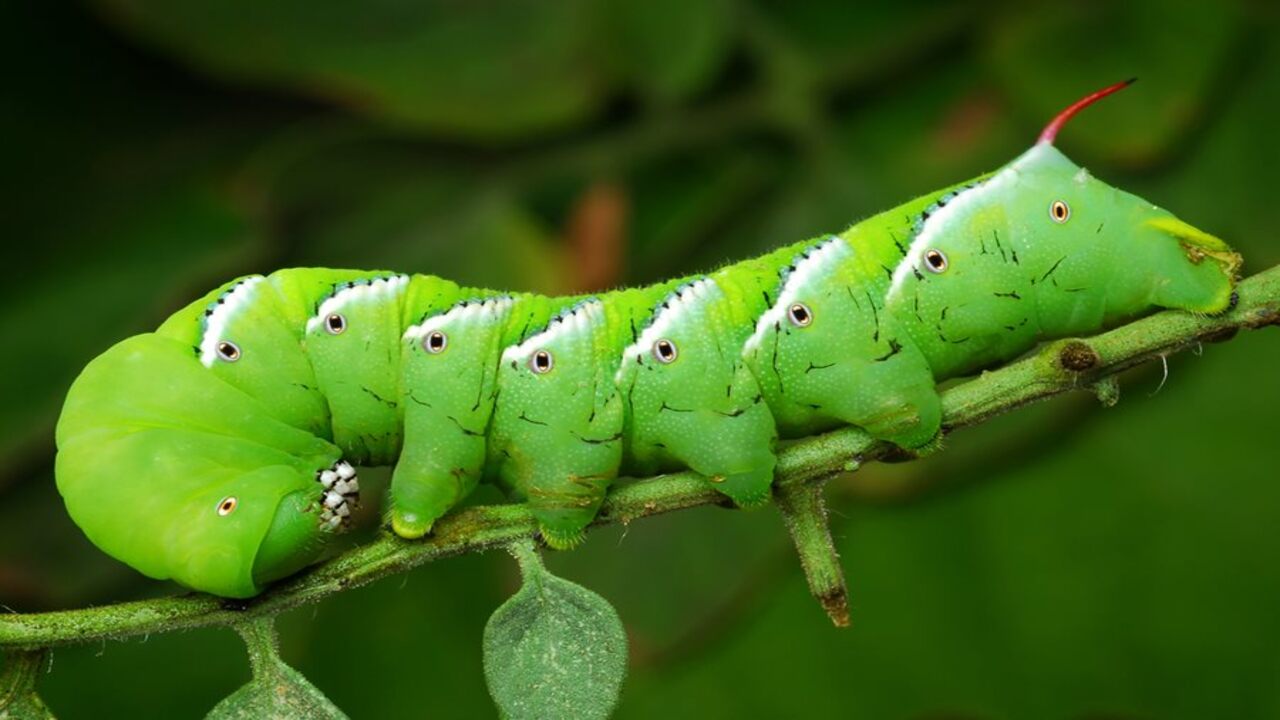
Getting rid of caterpillars in a greenhouse can be a challenging task, but with the right techniques, it is possible to protect your plants from these voracious eaters. Caterpillars in a greenhouse can be both a nuisance and a sign of a healthy ecosystem.
While they may eat some of the plants in the greenhouse, they also play an important role in pollination and controlling pest populations. By following these expert tips, you can effectively control caterpillar infestations in your greenhouse and ensure the health and vitality of your plants. Here are 10 expert tips On how to get rid of caterpillars in a greenhouse:
1:Regular Monitoring And Early Detection Of Caterpillars
Regularly inspecting greenhouse plants is essential, especially the underside of leaves, as it allows for early detection of any caterpillar activity. This early detection enables prompt control measures to be implemented, preventing further plant damage. Monitoring caterpillar populations over time helps assess the effectiveness of the handy control methods.
By regularly scouting the greenhouse, growers can ensure that any caterpillar problem is addressed in a timely manner. Additionally, using yellow stripe traps can be a good idea as they help catch adult moths, thus reducing the overall caterpillar population.
2:Implementing Proper Sanitation Practices In The Greenhouse
Implementing proper sanitation practices in the greenhouse is essential for effective pest control. To prevent the buildup of caterpillar populations, it’s crucial to remove plant debris, entire leaves, and caterpillar eggs regularly. This helps eliminate their potential hiding places.
Additionally, cleaning greenhouse vents, sidewalls, and roof material on a regular basis discourages caterpillars from infesting the area. These good sanitation practices not only contribute to a healthy greenhouse environment but also minimize caterpillar infestations. Another good idea is to implement good ventilation practices to maintain the greenhouse environs, which helps prevent caterpillar activity.
3:Using Physical Barriers And Traps To Prevent Caterpillar Infestations
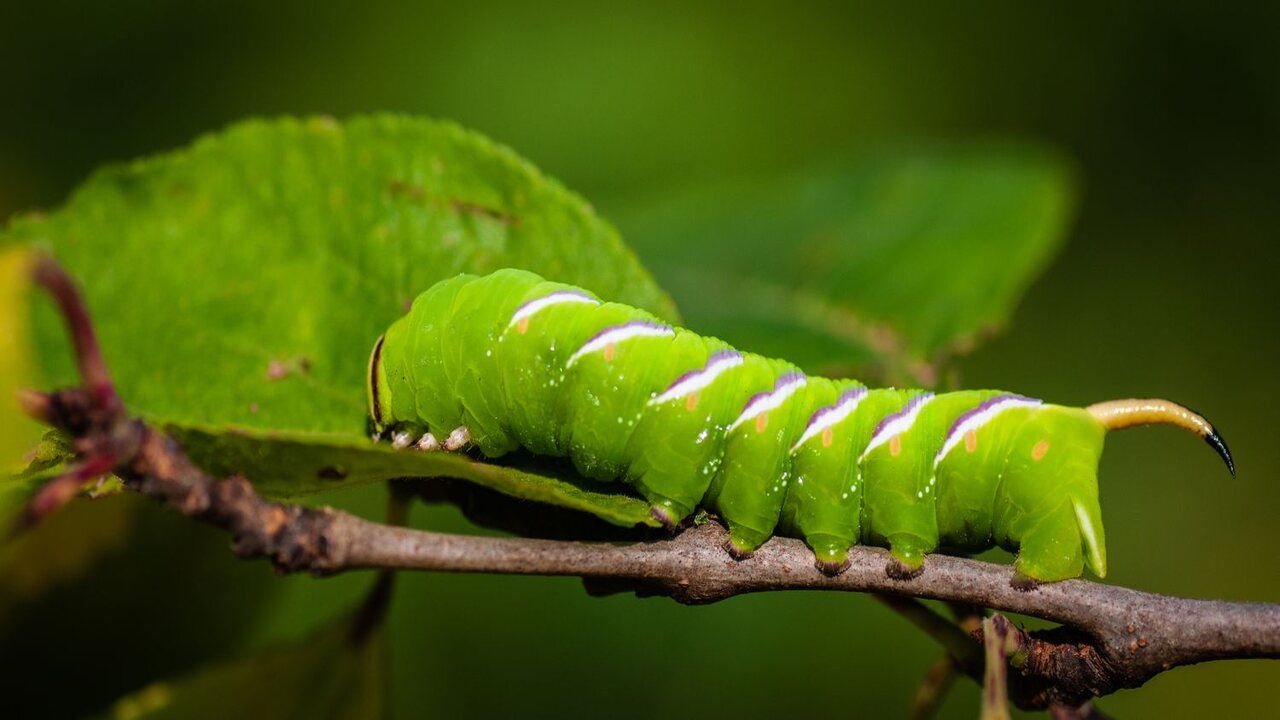
To prevent caterpillar infestations in your greenhouse, there are effective methods you can implement. One approach is to install insect netting or screens on vents, sidewalls, and openings to create a barrier that prevents caterpillars from entering.
Placing sticky traps near your greenhouse plants can also be a good idea as it helps catch adult moths, disrupting the caterpillar life cycle. Another strategy is to use plastic walls or insect netting as physical barriers, preventing caterpillars from accessing young plants.
By securing greenhouse ventilation openings with insect netting, you can significantly reduce the chances of caterpillar infestations. Implementing these physical barriers and traps provides an additional layer of protection against voracious caterpillars.
4:Natural Predators And Biological Control For Caterpillar Management
To effectively manage caterpillar populations in a greenhouse, it is important to incorporate natural predators and biological control methods. We can introduce beneficial insects, such as Trichogramma wasps from the genus to naturally control caterpillar populations.
Birds, wasps, and other insect predators should be encouraged to inhabit the greenhouse to help keep caterpillars in check. Biological control measures, like using bacillus thuringiensis var.
kurstaki, specifically target caterpillar pests while minimizing damage to other beneficial organisms. By utilizing natural predators and biological control methods, growers can reduce their reliance on insecticides and promote a healthier, more balanced ecosystem within the greenhouse.
5:Using Organic And Chemical Control Measures Safely And Effectively
To effectively control caterpillars in a greenhouse, it is important to use organic and chemical control measures safely. Organic insecticides like neem oil can be handy to control caterpillars without harming the environment. It is crucial to follow the recommended application rates and timing of organic insecticides for effective control.
In addition, chemical control measures such as Bacillus thuringiensis var. kurstaki can be used as a targeted approach. Understanding the active ingredient of the insecticides is essential for proper control of caterpillar pests. To ensure effective caterpillar control, it is necessary to use organic and chemical control measures safely and informally.
6:Utilizing Integrated Pest Management (IPM) Strategies For Caterpillar Control
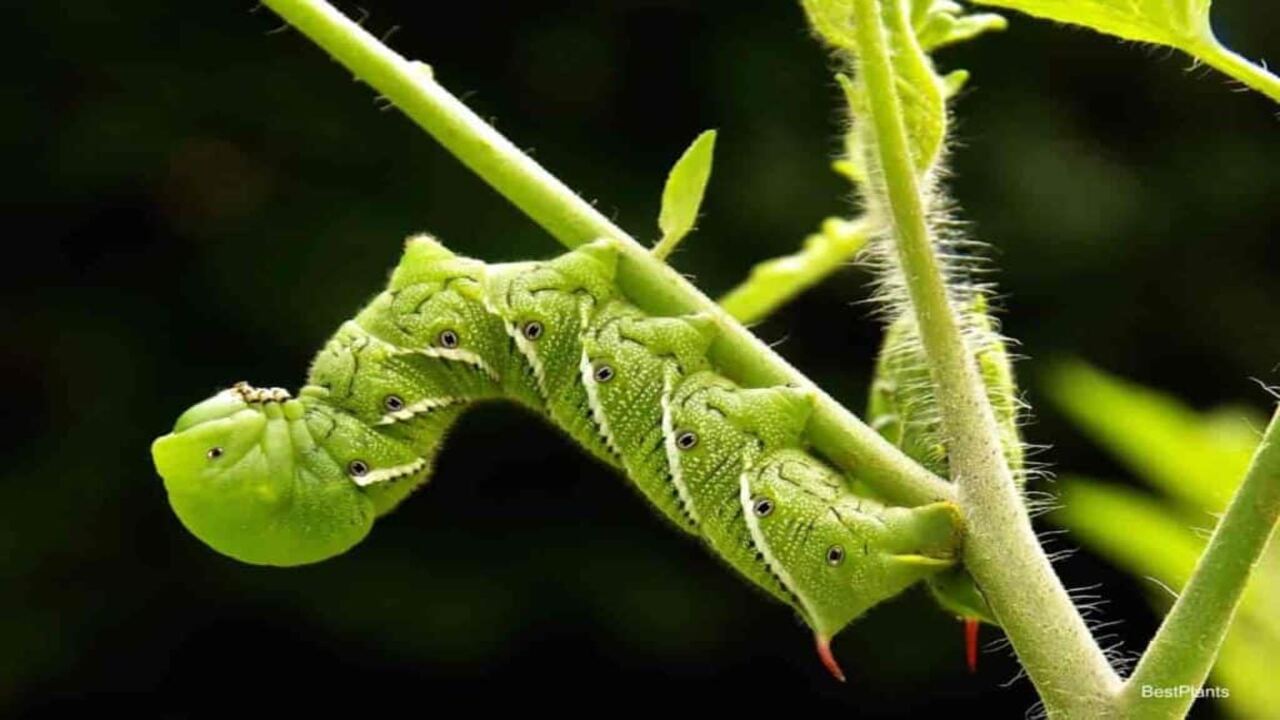
To effectively control caterpillars in a greenhouse, it is important to utilize Integrated Pest Management (IPM) strategies. Start by identifying the specific caterpillar pest and understanding its life cycle. Implement preventative measures such as practicing good sanitation and removing infected plants, which can disrupt the pest’s life cycle.
Natural predators like parasitic wasps and predatory insects can be introduced to the greenhouse to control caterpillar populations. Consider using biological or botanical insecticides as a last resort. Monitoring and tracking pest populations will help determine the effectiveness of the control methods. Stay updated on the latest IPM strategies and techniques for caterpillar control in greenhouses.
7:Properly Timing And Applying Pesticides For Maximum Efficacy
When dealing with caterpillar infestations in your greenhouse, proper timing and application of pesticides are crucial for maximum efficacy. Start by identifying the type of caterpillars present to determine the appropriate pesticide to use. Always follow the instructions on the pesticide label and wear protective gear during application.
For optimal results, apply the pesticide early in the morning or late in the evening when caterpillars are most active. Use a compressed air sprayer to ensure even distribution throughout the greenhouse. Be careful not to over-apply pesticides, which can harm beneficial insects and plants. Regularly monitor your greenhouse for signs of caterpillar activity and reapply pesticides as needed.
8:Removing Caterpillars And Their Eggs Manually
In order to effectively address the issue of caterpillar infestations in a greenhouse, it is important first to identify the different types of caterpillars and understand the damage they can cause to plants. Once identified, there are organic methods that can be employed to remove caterpillars and their eggs manually.
This includes handpicking the caterpillars off the plant leaves and using sticky traps to catch them. Additionally, implementing cultural control practices such as maintaining cleanliness and reducing plant stress can help prevent caterpillar infestations.
For a more holistic approach, biological control methods like introducing natural predators such as parasitic wasps or nematodes to the greenhouse environment can be beneficial. However, chemical control methods should only be handy as a last resort, following safety protocols and regulations.
9:Managing Host Plants And Controlling Caterpillar Food Sources
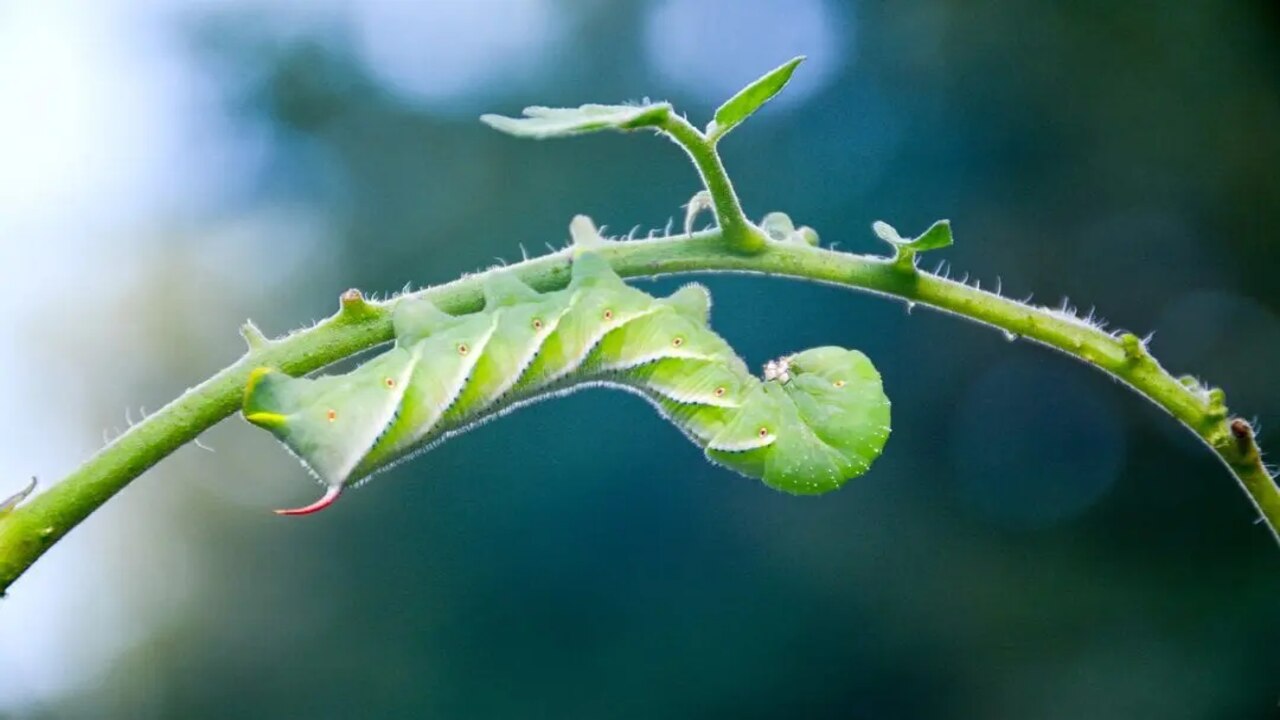
To effectively manage caterpillars in a greenhouse, it is important first to identify the type of caterpillar and its food source. Any heavily infested plants or plant parts should be promptly removed and discarded. Maintaining healthy and well-maintained greenhouse plants can help deter caterpillar infestations.
Using physical barriers like mesh screens can prevent caterpillars from entering the greenhouse. Introducing natural predators, such as beneficial insects, can also help control caterpillar populations. Additionally, using non-toxic control options like insecticidal soap or neem oil can be a good idea for pest control.
10:Tracking And Evaluating Caterpillar Control Methods For Improved Future Prevention
To effectively manage caterpillar infestations in a greenhouse, it is crucial to track and evaluate different control methods. Keeping detailed records of when and where caterpillars are found in the greenhouse helps in identifying patterns and understanding their behavior. It is also important to track which control methods were implemented and how effective they were in reducing caterpillar populations.
Evaluating the cost-effectiveness of each method allows growers to make informed decisions for future control strategies. Collaborating with experts in pest control can provide valuable insights and help develop a comprehensive prevention plan. Incorporating preventative measures such as introducing natural predators or using organic insecticides can greatly reduce the reliance on chemical control.
Regularly inspecting plants for signs of infestation ensures early detection and prompt action. By tracking and evaluating different caterpillar control methods, growers can improve their future prevention strategies and maintain a healthy greenhouse environment.
Organic Deterrents And Their Effectiveness Against Caterpillars
When it comes to getting rid of caterpillars in a greenhouse, organic deterrents can be an effective solution. These natural methods can help protect your plants from damage without using harmful chemicals. Some common organic deterrents include neem oil, bacillus thuringiensis (BT), and companion planting. Neem oil is derived from the neem tree and is a repellent for many pests, including caterpillars.
BT is a naturally occurring bacterium that is toxic to caterpillars when ingested. Companion planting involves strategically planting certain herbs or flowers alongside your crops to deter pests. While these organic deterrents can be effective, it’s important to note that their effectiveness may vary depending on the specific species of caterpillar and the severity of the infestation. Regular monitoring and prompt action are key to effectively managing caterpillar populations in your greenhouse.
What More Can You Do To Prevent Future Caterpillar Infestations?
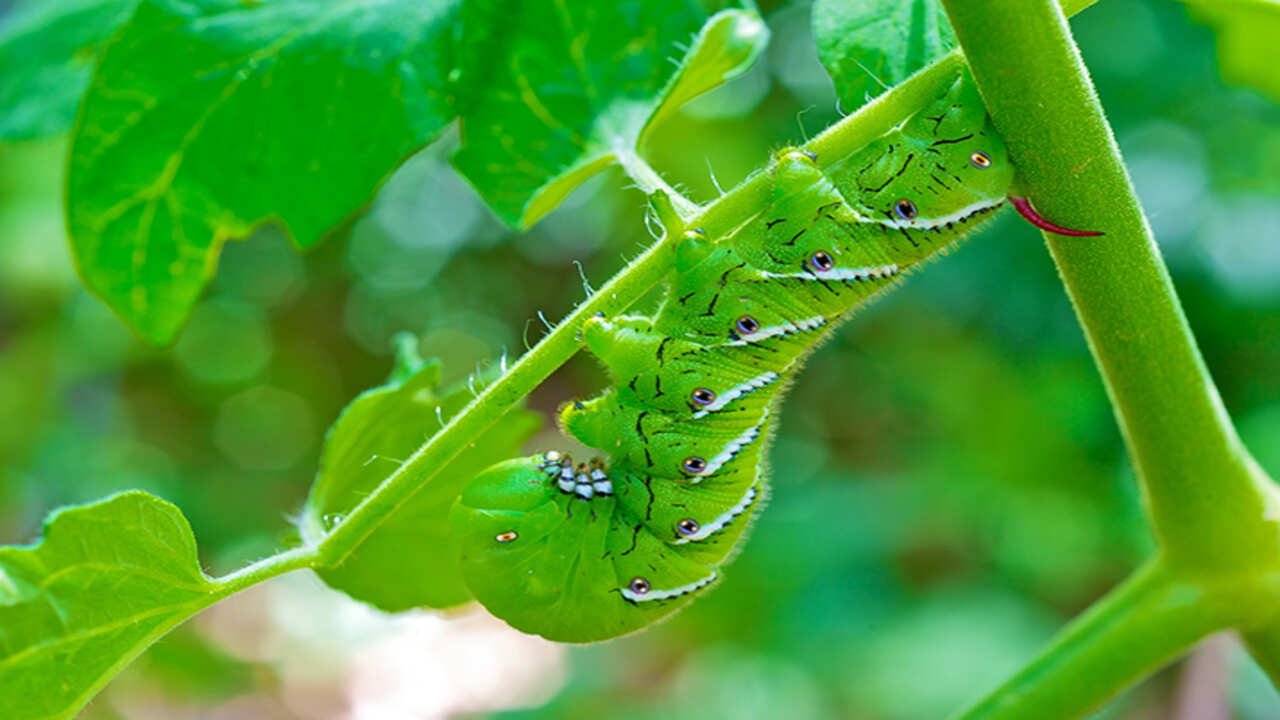
Preventing future caterpillar infestations in a greenhouse requires a proactive approach. By implementing these preventive measures and targeted control methods like handpicking and biological insecticides when necessary, you can effectively manage and prevent future caterpillar infestations in your greenhouse. Here are some additional steps you can take to keep these pests at bay:
- Practice Good Sanitation: Regularly remove plant debris, fallen leaves, or dead insects from the greenhouse. These can serve as potential breeding grounds for caterpillars.
- Inspect New Plants: Before introducing them into your greenhouse, carefully inspect them for any signs of caterpillar activity. Look for eggs, larvae, or feeding damage on the leaves and stems.
- Implement Physical Barriers: Use fine mesh netting or screens on doors, windows, and vents to prevent adult moths from entering the greenhouse and laying eggs.
- Introduce Natural Predators: Consider introducing natural enemies of caterpillars, such as parasitic wasps or predatory beetles, into your greenhouse ecosystem. These beneficial insects can help control the caterpillar population naturally.
- Rotate Crops: Avoid planting the same crops in the same location season after season. Crop rotation can disrupt the life cycle of caterpillars and reduce their numbers over time.
- Monitor Regularly: Keep a close eye on your plants for any signs of caterpillar infestation, such as chewed leaves or droppings (frass). Early detection allows for prompt action and minimizes potential damage.
Conclusion
To keep your greenhouse thriving and free from caterpillar infestations, it is crucial to follow expert tips for effective control. Regular monitoring and early detection of caterpillars, implementing proper sanitation practices, and using physical barriers and traps are essential preventive measures. Natural predators, organic deterrents, and biological control methods can also be employed to manage caterpillar populations safely.
Integrated pest management strategies and proper timing and application of pesticides are key to effective control. Additionally, removing caterpillars and their eggs manually, managing host plants, and tracking and evaluating control methods are important steps for long-term prevention. We hope you know how to get rid of caterpillars in a greenhouse.
Frequently Asked Questions
1.What Is The Best Spray To Kill Caterpillars?
Ans: When it comes to eliminating caterpillars in your greenhouse, choosing the right spray is crucial. Bacillus thuringiensis (Bt), spinosad, and neem oil are effective options. Bt targets cabbage worms and loopers, while spinosad tackles tomato hornworms and armyworms.
2.What Do Caterpillars Hate The Most?
Ans: Caterpillars have an aversion to strong-smelling herbs like mint, basil, and thyme. Natural repellents such as neem oil and garlic water can also deter them. Additionally, physical barriers like mesh netting can prevent caterpillars from entering the greenhouse.
3.How Do You Stop A Caterpillar Infestation?
Ans: To stop a caterpillar infestation, identify the specific type of caterpillar causing the problem. Once identified, use physical methods like handpicking or vacuuming to remove the caterpillars and their eggs. Consider using natural or chemical insecticides that are specifically designed for caterpillar control.
4.What Are Caterpillars And How Do They Get Into My Greenhouse?
Ans: Caterpillars, the larval stage of moths and butterflies, can enter greenhouses through open doors or windows or on plants brought inside. These pests can cause damage by feeding on leaves and fruits. To prevent infestations, regularly inspect plants and remove caterpillars by hand.
5.Are There Other Methods You Use To Keep Caterpillars At Bay?
Ans: Other effective methods to prevent caterpillars in your greenhouse include using sticky or pheromone traps and introducing natural predators like birds, ladybugs, or praying mantises. Regularly inspecting plants and manually removing visible caterpillars can also help control infestations.
Meet Pearl Roach, the passionate gardener and wordsmith behind Ecopatchy. From blossoms to harvests, delve into the world of Flower Gardening, Canning & Preserving, Companion Planting, and more. Unearth the secrets of a green thumb with Pearl Roach—where each post is a seed of wisdom waiting to sprout. Let’s grow together! 🌱 #GardenMagic
